Introduction
In Magic's 20-year anniversary, Mark Rosewater, the game's lead designer, dropped an article with 20 things that would "kill" MTG, some things were profound changes, affecting the way to play, others were simple, but for some enough players to decree that it would kill the game.
Today I revisit this article, bringing not only these 20 reasons from the time, but I add 10 more from recent history to see if this time the game really died
But a clarification before starting the list, the purpose of both my article and Maro's is to show how much the game has evolved in these 30 years, 20 in his case, and to show this through the controversies generated by these changes.
Ad
Changes in general are hard to accept, and it's natural that there's some initial backlash, but it's through them that Magic created a three-decade story and got where it is today, so we can expect more from them, and more controversy in the next few years of the game.
Thirty things that supposedly "killed" Magic
60-card deck and limit of 4 copies per deck
When Magic was born, the only rule for building decks was a minimum of 40 cards per deck. Other than that, any number of copies of the cards were allowed.
This extreme freedom allowed what to this day is probably the most famous MTG combo, the Channel Fireball, with 40 cards being 10 copies of just 4 different cards.
At the time, Wizards even ran a tournament where participants showed their decks to the judges and ended up in two categories: “Able to win on first turn” or “Cannot win this tournament”. To correct this, the decision was to limit the size of decks to a minimum of 60 cards, and limit the maximum copies to 4, the format that remains until today.
The 50% increase in the number of minimum cards for the lists, in addition to “limiting” what players could put in the deck, really upset the community.
Creation of the Banned and Restricted list
Changing the size of the decks helped, but there was still a lot of degenerate stuff going on, so it was decided to create the banned list, with cards that couldn't be played, and restricted, with cards limited to one copy per deck.
The first banned cards were: Shahrazad and all ante cards (Bronze Tablet, Contract from Below, Darkpact, Demonic Attorney, and Jeweled Bird).
The first restricted were: Ali from Cairo, Ancestral Recall, Berserk, Black Lotus, Braingeyser, Dingus Egg, Gauntlet of Might, Icy Manipulator, Mox Emerald, Mox Jet, Mox Pearl, Mox Ruby, Mox Sapphire, Orcish Oriflamme, and Rukh Egg.
Once again, players were furious at the limitations of what they could and could not play. They couldn't even play with the best cards, "where is this going?".
The Type 2 (a.k.a. Standard)
As new sets emerged, it became clear that something had to be done to balance the decks. At the time, there was only the “Magic” format, so Wizards decided to create a second format, being Type 1 as eternal and Type 2 as a format where only the most recent cards were legal.
According to Maro, it was one of the announcements that had the most complaints in history, generating questions like: “How do sets rotate?” and “What do you mean my old cards won't be legal in the format?”.
Nalathni Dragon

At the beginning of Magic's history there were a few cards that could only be acquired if you bought a book, and exchanged a coupon that came in that book for a certain card, there was no other way to get it.
This practice wasn't welcome by players, but at least anyone in the United States could buy these books if they wanted access to the cards. But the community complained for real when Wizards made an exclusive card for people who visited the Dragoncon Convention in 1994: this time, only those who were in Atlanta and visiting the fair could have one of these.
Ad
The complaint was so great that Wizards stopped producing mechanically unique cards for products other than Booster Packs. Wizards even included this card in The Duelist magazine so that more players could have access to the card.
Today we know that this happened again, but we will come back to that later.
Chronicles
In the early days, sets came out really fast, so Wizards released these reprints so that new players could follow Magic more easily.
Those who didn't have the old cards were pleased with the product, those who already had a big collection weren't, which brings us to the next topic.
The Reserved List
With the great impact of Chronicles, and the 4th edition, many players complained about the number of reprints, so Wizards created the Reserved List, with cards that would no longer be printed.
I already wrote a article about this list, if you want to understand more deeply how it works and my opinions, check out the link.
“Pitch” cards (Free Spells)
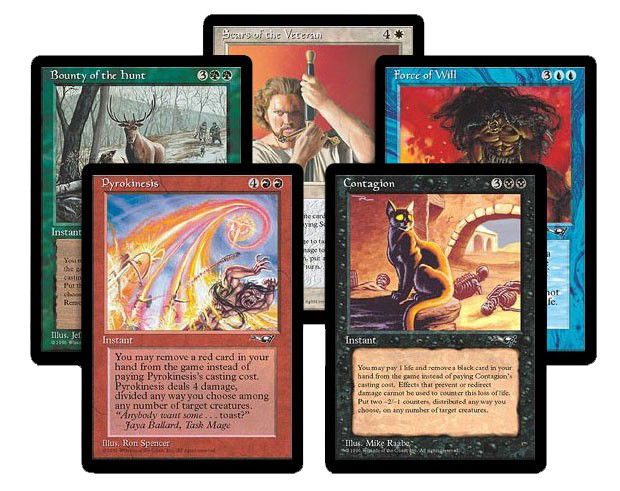
Chris Page was a member of the East Coast US Playtesters group. This group of players met Richard Garfield at Pennsylvania and tested Magic before its release and continued to help design in Antiquities, Fallen Empires, Ice Age, and Alliances.
Chris was the one who noticed that in some challenges proposed by Mark Rosewater to test the game, Mark usually started the challenge with all the opponent's lands tapped, to prevent interference in the play. Chris then made Maro a sales pitch, suggesting a spell that could be played even with all lands tapped — these cards then became known as "pitch cards" and appeared in Alliances.
Players weren't happy with the idea of there being cards that can be played when you're "tapped out", there were complaints even within Wizards, where the SAC team wrote a letter to Peter Adkison (Wizards President at the time), asking them not to create more cards with this type of effect, but it doesn't seem to have helped much.
Foil Cards
At the beginning of Magic there was only one type of card, Magic, period. That changed in Urza's Legacy, where we first saw the appearance of foil cards.
Complaints were that it was hard enough to collect standard Magic cards, and on the visual aspect too, to this day, there are players who don't like foils.
Rules Changes (6th Edition)
In the old days the rules were made card by card, which made everything a big mess, so in 6th Edition a new system was introduced.
The stack appeared for the first time, several old rules ceased to exist, and the turn sequence became more cohesive, this fundamentally changed how the game was played, and anyone who had been in Magic for years didn't like these changes.
Another one of Magic's most-overreacted changes, according to Maro.
MTGO, the Magic Online
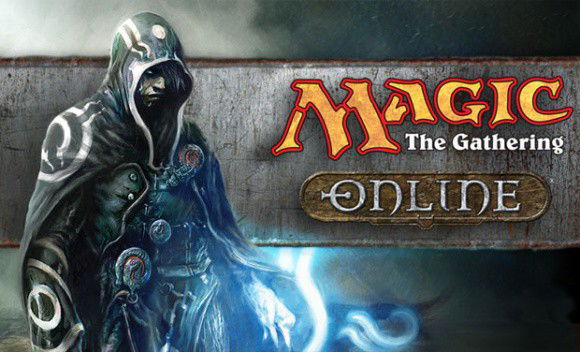
Ad
After 9 years of paper Magic, MTGO, Magic: the Gathering Online, was created.
People were very skeptical about this release, buying digital cards seemed like a very absurd thing, as that's not how video games worked.
There were those who argued that it would never work, that it would drive players away from stores, and the internet itself was full of people saying they would never play something like that.
21 years later, MTGO is still there.
Frame Changes on 8th Edition
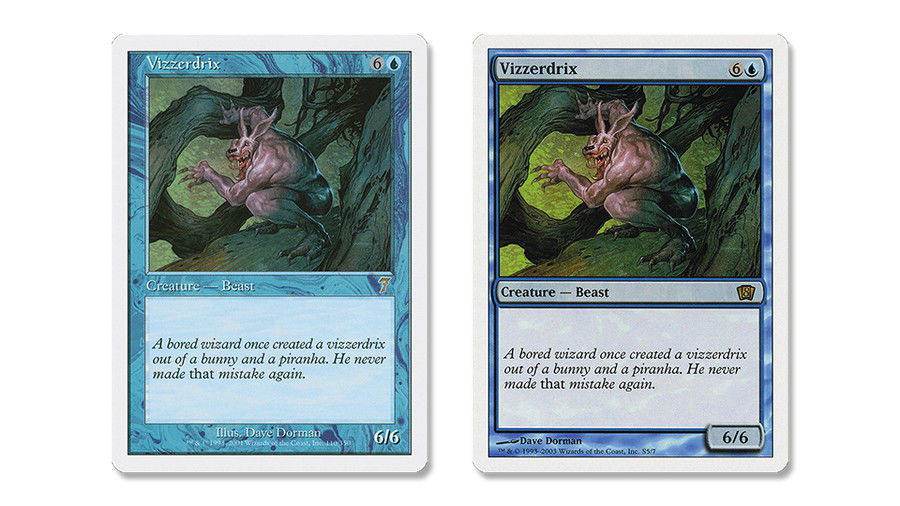
One day, the print department needed to introduce some changes to improve the printing processes, and the design department took the opportunity to fix what they saw as problems with the model at the time.
Many players complained that it took the game away from fantasy, another of the biggest complaints in history, and to this day, you can still find fans of early Magic frames.
Reminder Text in Keywords
One more for the 8th edition! As Core Set products were seen as designed for beginners, the design department decided to put explanations on what abilities did in classic keywords like Flying, First Strike, etc.
Some people found it offensive, and that it put unnecessary words on cards.
These days, we only have that on lower rarity cards.
Planeswalkers
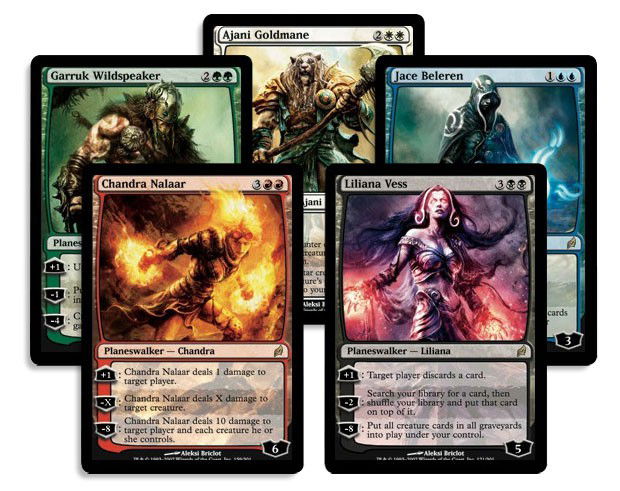
For 14 years, Magic had the same types of cards that were released early in its history, and Planeswalkers were very different from anything seen before.
These cards were so complex that they didn't have space on them to explain how they worked, moreover, they didn't look like what we already knew. Added to that, they could only be rare at the time, unlike other cards that existed in all rarities.
Mythic Rares
Magic was the first card game, but many came later. One thing that other card games have changed is the creation of 4 rarities, the Wizards team realized that it was interesting to have something rarer than "one per pack", generating a greater sense of achievement when getting one of these in a booster pack.
Over time, the discussion changed from "should there be mythics?" to "Which cards should be mythic?".
Land in booster packs
When Magic came out, it was sold in packs of 60 cards, 30 of which were lands, and 30 other cards, and they were called Starters, or in boosters like we know today.
When these first "decks" ceased to exist, it was unclear how new players would get basic lands, so the idea was to include one land per pack in place of a common, which was enough for old players to complain.
The main criticism is that it would be one less card per pack, rather than a type switch.
Another Rules Change (Magic 2010)
Magic has had core sets since its inception, but in 2010 Wizards decided to update things: for the first time the set had new cards, instead of just reprints.
But what really bothered players was yet another rules update. Damage no longer went on the stack, mana burn ceased to exist, and new terms like battlefield and exile were born, and many found all these things unnecessary.
Ad
"New World Order"
One of the game's biggest barriers has always been its learning curve, and to smooth that out the design department made some changes that became known as "The New World Order", where Wizards rethought how complex common cards should be, which took players into believing the game was "getting dumber".
Double Faced Cards
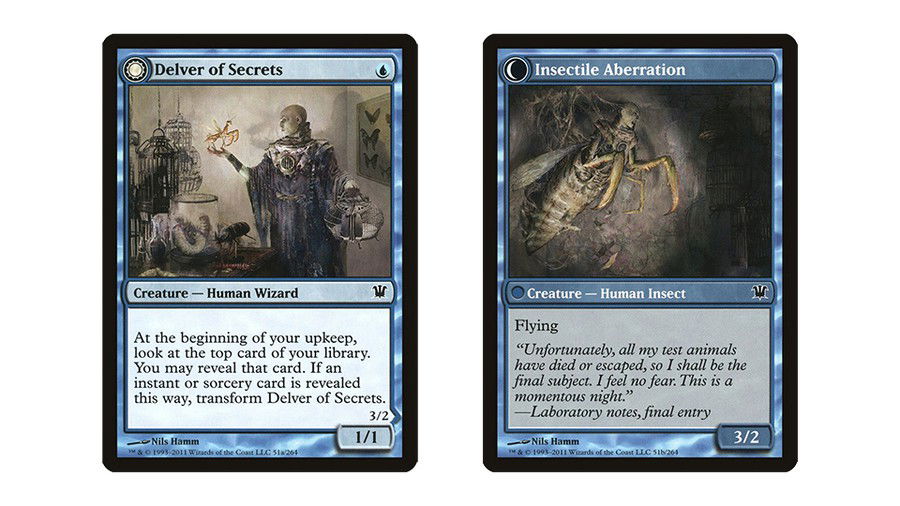 Delver of Secrets"/>
Delver of Secrets"/>In Innistrad, Wizards wanted to find a way to show the transformation of werewolves and other horrifying creatures, other previous attempts like flip cards weren't as efficient, so they took the idea from the game "Duel Masters".
Some players thought that the background of the Magic card was immutable and changing that affected the game in some way, some complaints were that they now needed sleeves, or checklist cards, and that they were cards that "disturbed" the draft and forced to take it out of the sleeve to transform.
Today, we even have double-faced lands.
Changes in Organized Play
The switch from the ELO ranking system to Planeswalker Points, the end of the Magic World Championship and pro points were complaints from the biggest names on the Pro Tour.
Wizards went back on Pro Points and created a new system to fulfill the role of world championships.
Slives in Magic 2014
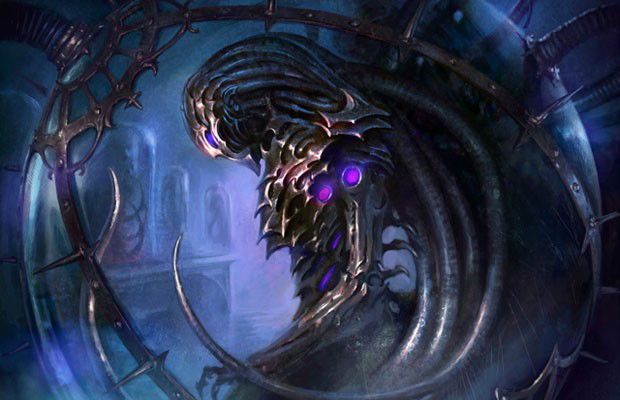
While these fan-favorite creatures make a comeback in the Magic 2014 set, some changes, such as their humanoid form and abilities now favoring only the Slivers you control, didn't please the most ardent fans of this iconic creature type.
Commander
When Magic was born, the only rule for building decks was a minimum of 40 cards per deck. Since then, many formats have emerged.
Commander by far is one of the most beloved today, but there are people who even today say it's not Magic because it's a format where only 1 copy of each card is allowed and due to its color limitation in the construction.
It is ironic that the first "new" item in my article is very similar to the first item in Maro's original article.
Masterpieces
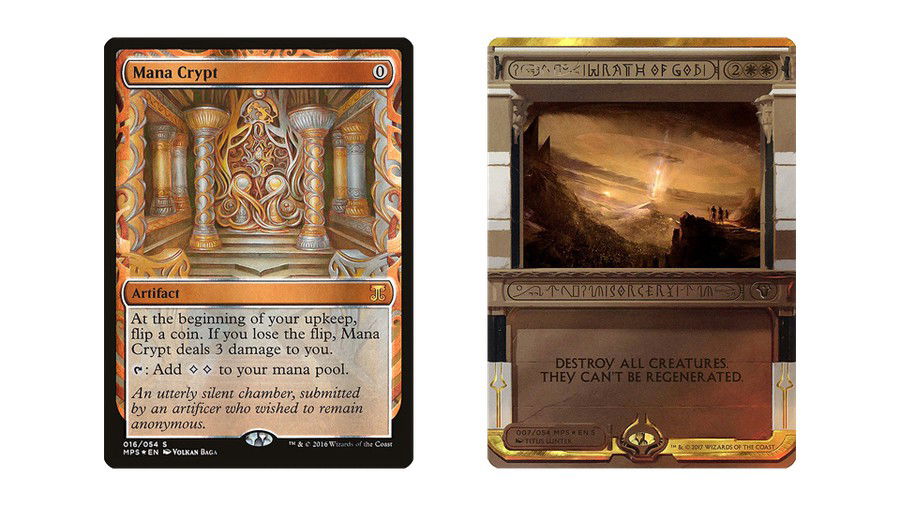
Kaladesh Inventions and Amonkhet Invocations were seen as bizarre upon release, firstly because they were harder cards to get, secondly because they only exist in the foil version — but above all the new frames, especially the Amonkeht version, were badly received by the community.
These new frames focused on the lore aspect, they weren't exactly functional. In Amonkhet, the card's text itself was compromised, and after that attempt we only see something slightly similar to this again in Strixhaven, with the Mystic Archives.
MTG Arena
MTG Arena is free to play and currently has a mobile version, expanding access to the game to a wider audience, but its interface and economic system are criticized to this day by some players.
Modern Horizons
Ad
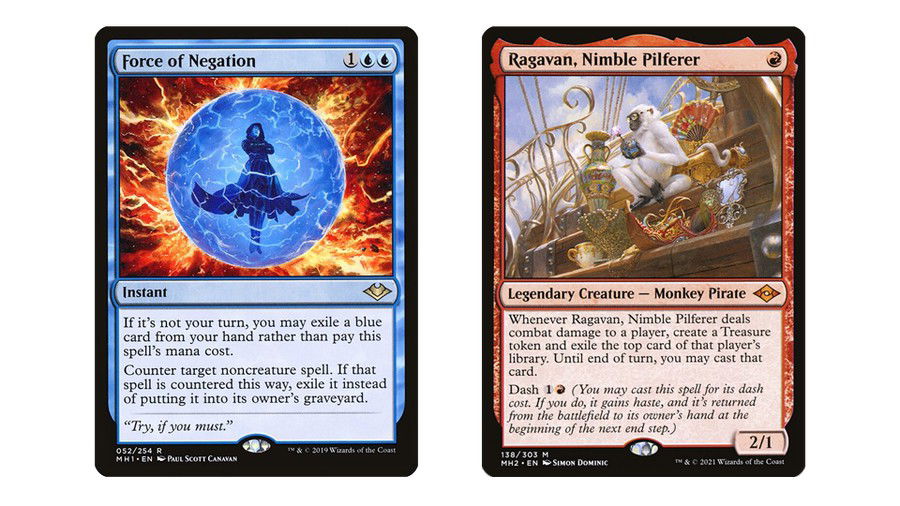
Adding cards to Modern without going through other formats was extremely controversial, but in addition, the power level of the cards was extremely high, practically forcing them to be played, leaving old versions, or even entire decks, obsolete.
To make matters worse, the price of these sealed products was higher than usual, leaving the cards with an extremely high price tag. As a result, Modern Horizons 1 and 2 really managed to shake up Modern's structures, but in a way that didn't make the community thrilled.
Secret Lair
Since Nalathni Dragon, which I mentioned at the beginning of this list, mechanically unique cards haven't been released outside of booster packs, so when The Walking Dead's mechanically unique cards came out in Secret Lair, the community didn't like it at all. Once again, access to these cards was limited on most countries.
In addition, the modern theme did not please Magic fans. It was possible to see weapons and other contemporary objects, while associating a brand that is for an 18+ audience with Magic, which is for an 13+ audience.
There are also criticisms to this day of the business model, as it seems to be a way for Wizards to “boycott” the stores, being able to now sell cards directly to consumers.

Kaiju Cards
Buildings, cars, planes and other everyday objects could be seen in the Kaiju card variants in Ikoria, as well as in The Walking Dead, which didn't please the most conservative Magic fans.
The possibility of bringing more IP to the game in the future was received with complaints by fans either, even though we have the "Magic version" of most of these cards this time around.
Alchemy
Magic has always been a tabletop card game, and as we've seen throughout this article, the digital versions of the game have always been a bit strange.
But this time an entirely digital format, not requested by the community, generated a great shock in the players. In addition to existing only in Arena, this format promised to end bans, allowing them to change cards digitally, increasing or decreasing their power as necessary to balance the Metagame, as many eSports do.
The idea is precisely to bring the game even closer to its "competitors" in the eSports universe, but the community fears that this could confuse the game for beginners, in addition to some of the other complaints about the Magic Arena's economy or how they haven't attended to some famous requests such as spectator mode, while this format that no one expected or asked for was released.
Cyberpunk and Mafia themes
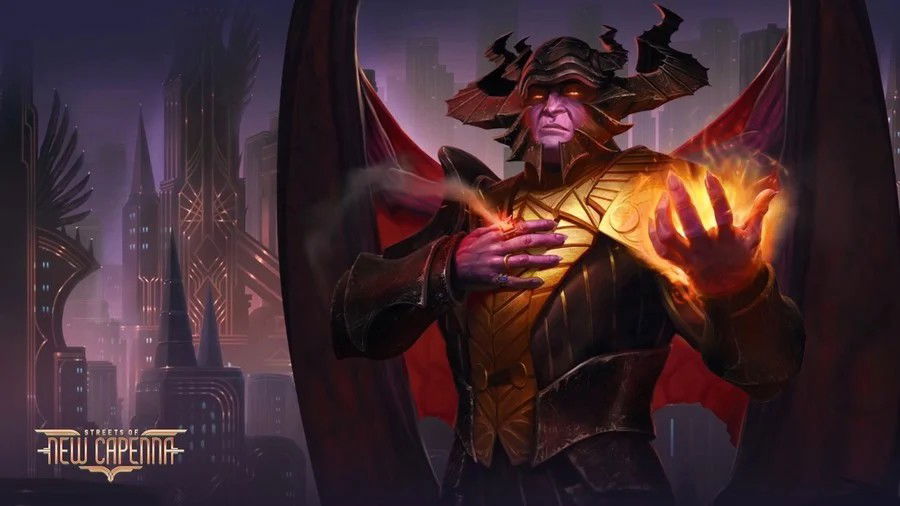
Streets of New Capenna and Kamigawa: Neon Dynasty were two sets that pushed the boundaries of Magic, both exploring themes never imagined for the game. The former imagines a kind of 1920s New York with gangsters, Mafia and Godfather-style pinstripe suits, and Kamigawa in turn takes Magic into the Cyberpunk future.
Ad
When announced, these sets left many fans apprehensive, and there were some boycott suggestions for addressing these themes.
Unfinity
The releases known as "Unsets" were always fun and generally loved by the public, these parodies used to have the silver border to indicate that they were a product alien to the "serious" formats.
This time, Wizards decided to shake things up a bit: the cards would have a standard black border, but will be distinguished by an acorn symbol that will say whether these cards will be legal in sanctioned formats.
This revolution brought several complaints from players. “It will be confusing for novice players”, “I prefer the traditional silver border”, among others.
In addition, Unfinity is bringing a new mechanic, with stickers that will come inside the booster packs, and adding this new layer to the game didn't please the most conservative fans.
Universes Beyond
This announcement that closes our list will still demonstrate its impacts, as well as Unfinity, but as I commented above, many players are apprehensive about the "mess" that the game might become with a Street Fighter character being able to interact with another from Warhammer, while a Doctor Who character intervenes and a Lord of the Rings spell is on the stack.
There's also the concern that it's a product that's hard to ignore once we have pieces running competitively in some format, as was the case with Secret Lair: The Walking Dead, and that could be a problem for those who aren't interested in any of the themes launched in the future, as well as bringing some reprint concerns.
Conclusion
Magic has gone through many transformations over its 30 years, some more profound than others, and today it is one of the most established and beloved card games in the world!
Did I miss a point for this article? In any of them, did you really think that Magic could end? Comment here on this article, and see you in the next one.
And if you're interested, here's Mark Rosewater's reference article.
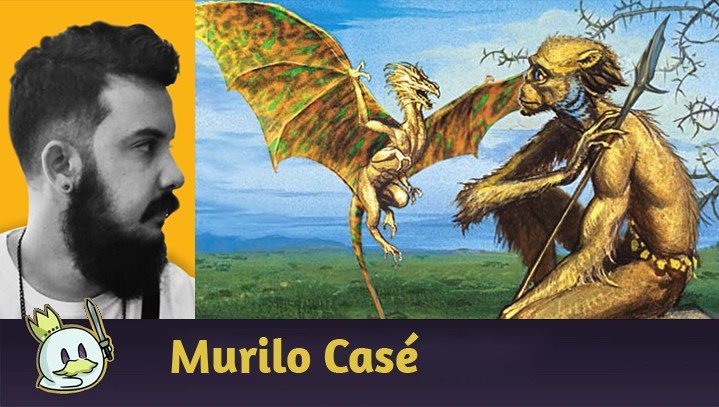



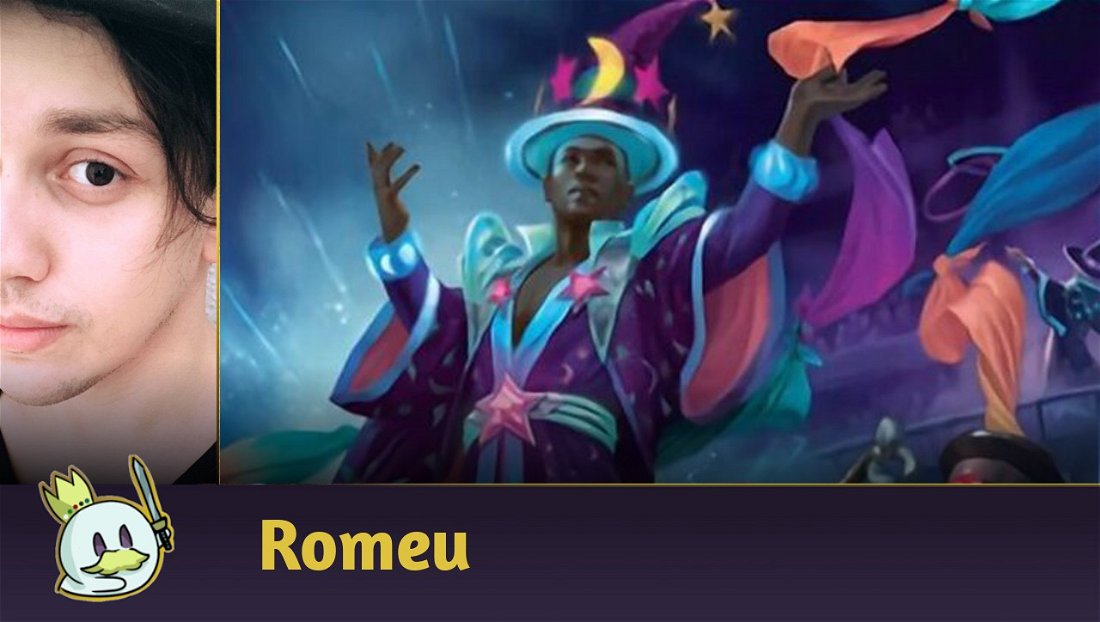
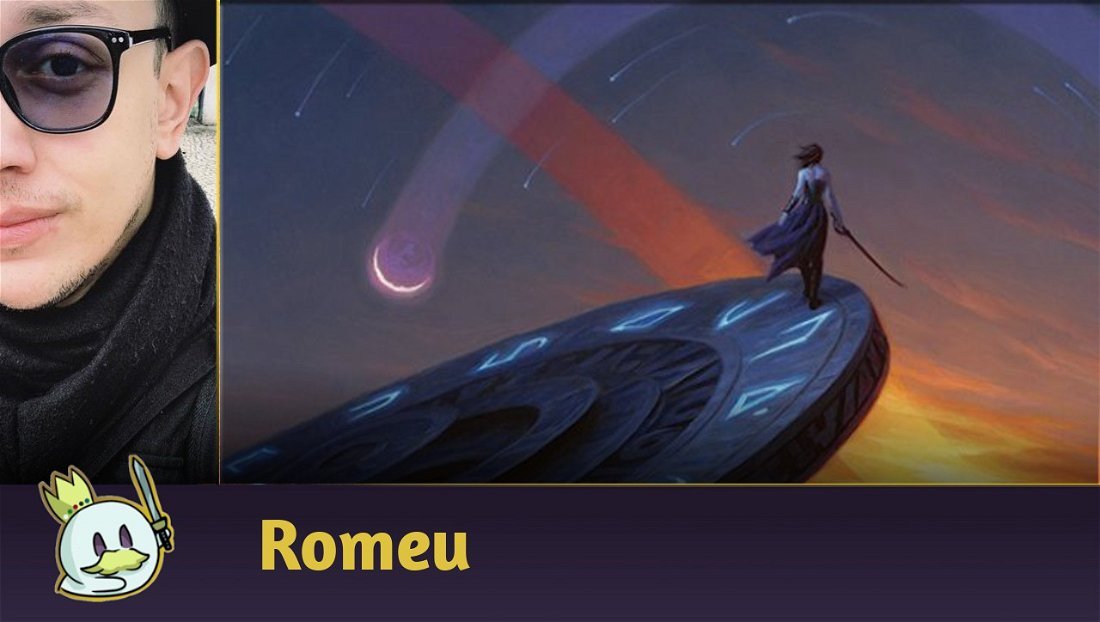



— Comments0
Be the first to comment